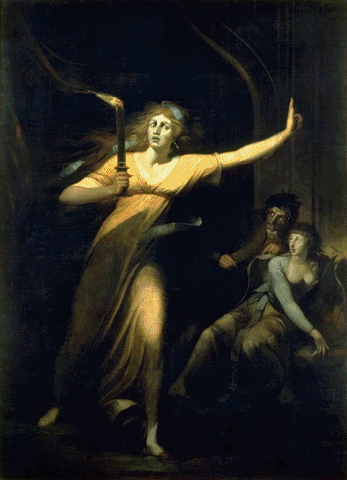Sleepwalking
First created | 02/01/1994
Last edited |
- Ohayon MM, Guilleminault C, Priest RG. Night terrors, sleepwalking, and confusional arousals in the general population: their frequency and relationship to other sleep and mental disorders. J Clin Psychiatry 1999;60:268-76; quiz 277.
Sleepwalking is a series of complex behaviors executed during the slow-wave sleep.
It occurs mainly during the first third of the night (2 to 3 hours after falling asleep).
Episodes range from simple behaviors, like sitting in the bed, to complex activities such as climbing the stairs, cooking, or going outside the house. The episode may cease spontaneously and the sleepwalker will return to bed or lies down and continue sleeping. Upon awakening, the sleepwalker usually keeps no memory of the episode.
Sleepwalking occurs primarily in childhood and normally ceases by adolescence. The prevalence was estimated to be between 5% and 30% for occasional or frequent episodes of somnambulism in children. In the adult general population, the prevalence of sleepwalking was estimated at 2% to 5%. These studies showed that sleepwalking is not gender-related but is more common among younger subjects (<25 years) and almost never reported by elderly persons.
The most dramatic consequence of sleepwalking is the harm that sleepwalkers can inflict on themselves or others. Cases of murder during sleepwalking episodes have been documented.
RESEARCH
The purpose of the present study was twofold:
- to investigate the prevalence of sleepwalking in a general population; and
- to identify factors associated with sleepwalking.
We used a representative sample of the UK population (N=4972) that was interviewed by telephone with the Sleep-EVAL system.
RESULTS
Sleepwalking was reported by 2.0% (95% CI: 1.6% to 2.4%) of the sample. 
Sleepwalking decreased significantly with age, but no gender difference was observed.
Multivariate models identified the following independent factors as associated with sleepwalking:
- age less than 45 years (Odds Ratio (OR) 6.8 for 15-24 years and OR: 3.3 for 25-44 years),
- subjective sense of choking or blocked breathing at night (OR: 4.4),
- sleep talking (OR: 4.5), and a road accident in the past year (OR: 2.9).
Mental stress and specific life events have been reported to trigger or increase the frequency of sleepwalking episodes and night terrors.
We observed higher rates of stressful events and mental stress in the past year in our sleepwalkers, compared to the rest of the sample.
A finding of particular interest is the very high rate of past-year road accidents in the youngest group of sleepwalkers.
One can hypothesize that driving accidents play a triggering role in the appearance of sleepwalking episodes.
The numerous case reports in the literature of self-injuries, death or murders during episodes of sleepwalking attest to the potentially serious consequences of this sleep problem.
REFERENCES
Ohayon MM, Guilleminault C, Priest RG. Night terrors, sleepwalking, and confusional arousals in the general population: their frequency and relationship to other sleep and mental disorders. J Clin Psychiatry 1999;60:268-76; quiz 277.
